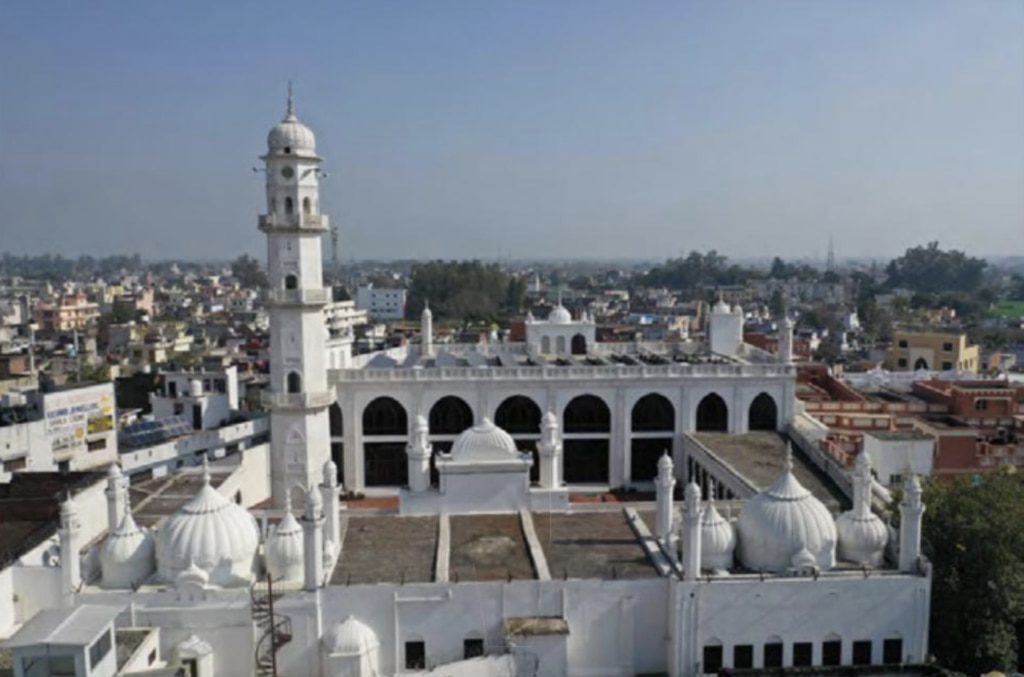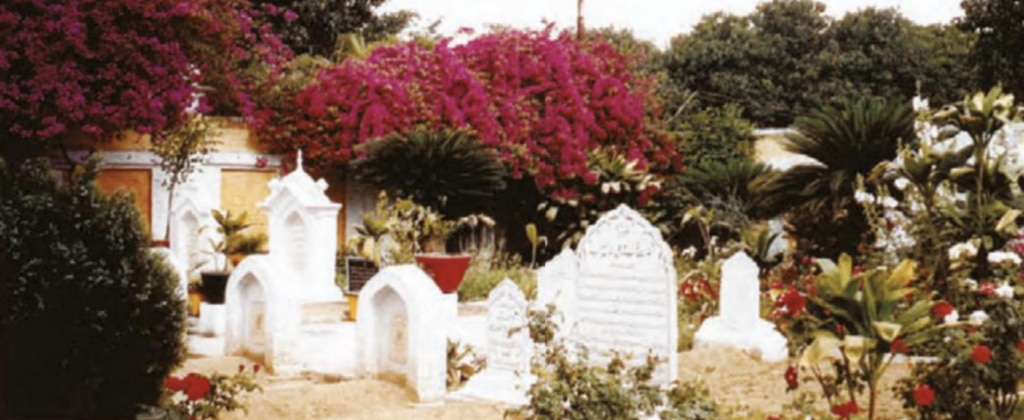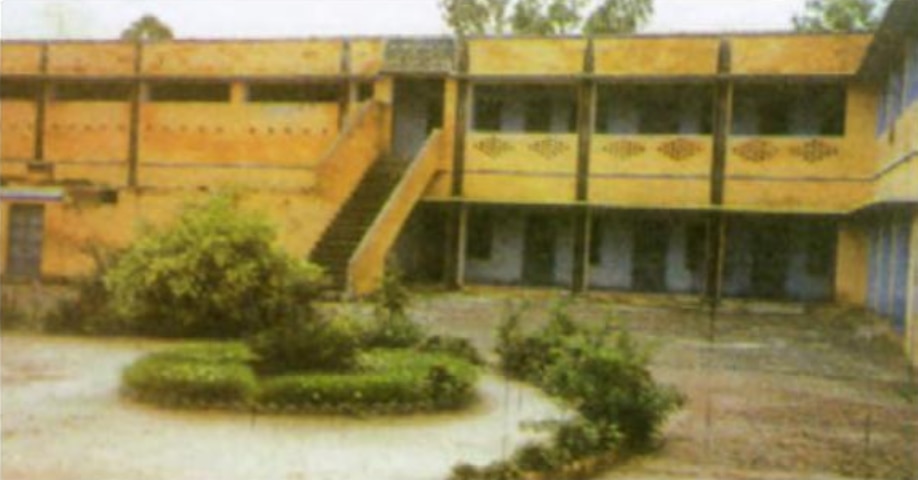Awwab Saad Hayat, Al Hakam

On 15 March 1971, at 3:15 PM, a group of 20 American students, accompanied by their teachers, arrived in Qadian to explore its historical and spiritual significance. The group consisted of 11 girls and 9 boys, along with three professors from Baring College, Batala. They were warmly welcomed, and Sheikh Abdul Hameed Sahib Ajiz, Nazir Jaidad, was assigned the responsibility of guiding them through the sacred sites of Qadian.
Exploring the sacred hamlet of Qadian
The visit commenced with a tour of Masjid Aqsa, one of the most revered mosques in Qadian. The visitors showed great enthusiasm as they admired the architectural beauty and historical significance of the mosque. They had the chance to go to the top of Minarat-ul-Masih, taking photographs of the view from the top. As they explored, they were given an overview of the history of the Minarat-ul-Masih, the expansion of the Aqsa Mosque, the grave of the Promised Messiah’sas father, and the offices of Sadr Anjuman Ahmadiyya, which are located nearby.
Following this, the group was taken to Masjid Mubarak, Bait-ul-Fikr, and Bait-ud-Dua, places deeply associated with the Promised Messiahas. They were informed that these sacred spaces were where he offered special prayers and wrote more than 85 books that carried significant religious and intellectual value. The visitors were particularly intrigued to learn that, according to Ahmadiyya belief, prayers made here with sincerity are accepted by Allah the Almighty.
Visit to Bahishti Maqbarah

After completing their visit to the mosques, the group proceeded towards Bahishti Maqbarah, the blessed graveyard of Qadian. To ensure clear communication, several English-speaking residents of Qadian accompanied the guests, helping them understand the historical and spiritual importance of the site.
At Bahishti Maqbarah, they visited the grave of the Promised Messiahas and were also informed about Hazrat Khalifatul Masih Ira, Hazrat Khalifatul Masih IIra, and Hazrat Khalifatul Masih IIIrh. The martyrdom of Hazrat Sahibzada Abdul Latifra was also narrated to them, leaving a lasting impression. The visit sparked discussions on the meaning and purpose of establishing Bahishti Maqbarah, the one-tenth chanda contribution system, and the construction of the solid boundary wall surrounding the graveyard.
Presentation of literature and introduction to Ahmadiyyat
Upon concluding their visit to Bahishti Maqbarah, the guests were taken to the guest house, where each student was presented with a packet of tabligh literature. The three professors accompanying them were given additional books. In addition, copies of an address that had been presented to a previous American delegation in October 1969 were handed to the group leaders, with extra copies made available for distribution among the students.
To further introduce the guests to the Ahmadiyya Muslim Jamaat’s beliefs and mission, a brief ceremony was arranged. The event began with the recitation of the Holy Quran, after which Sheikh Abdul Hameed Sahib Ajiz warmly welcomed the visitors. He elaborated on the spiritual significance of Qadian, explaining the claims and teachings of the Promised Messiahas and the Ahmadiyya Muslim Community’s perspective on Jesusas.
He also highlighted the global missionary efforts of the Ahmadiyya Muslim Jamaat, including the construction of mosques worldwide and the translation of the Holy Quran into multiple languages. Furthermore, he explained the purpose of the Promised Messiah’sas advent, using his own words, and shared the peaceful perspective of the Ahmadiyya Community regarding interfaith dialogue. A brief overview of the Jamaat’s administrative structure under the spiritual system of Khilafat was also provided, including details on Sadr Anjuman Ahmadiyya, the financial contributions through the chanda system, and the Waqf-e-Zindagi (life dedication) scheme.
Reflections and departure

After Sheikh Abdul Hameed Sahib Ajiz concluded his address, a representative from the American delegation stood up to express gratitude on behalf of the group. He provided a brief overview of their travel experiences in India and acknowledged the enriching experience they had in Qadian. He mentioned that their knowledge had significantly increased through this visit and specifically praised the warm hospitality of the Ahmadiyya Muslim Jamaat.
Following the ceremony, tea and refreshments were served, marking the conclusion of a day filled with spiritual learning and cultural exchange. In the evening, the American delegation departed, carrying with them the knowledge and experiences they had gathered in Qadian.
The weekly Badr Qadian, in its 1 April 1971 issue (p. 12), recorded this historic visit and concluded with the following prayer:
“We pray to Allah the Almighty that He may produce positive and pleasant results from this event and may enlighten fortunate souls with the light of Islam Ahmadiyyat. Amin.”

